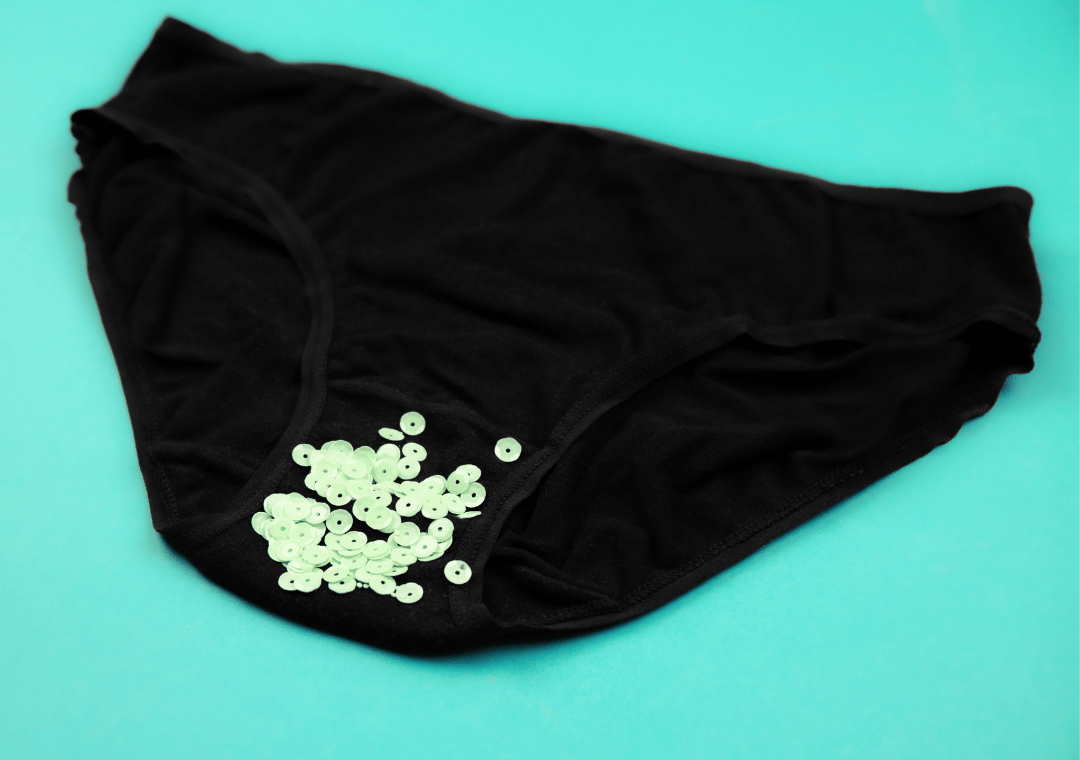All women experience different types of discharge. You may have noticed what normal discharge looks like and when things appear unusual. What you might not know is your discharge can tell you a lot about the stages of your cycle. Additionally, abnormal color or smelling discharge might indicate that something else is going on in your body. We’re here to give you a breakdown of what your discharge means.
Discharge and the menstrual cycle
The texture and density of your discharge is a sign of what stage of your menstrual cycle you’re in. Knowing your cycle is important for all women! Here are examples of what types of discharge you will see throughout your cycle.
After your period
You will likely not see any discharge during your period. Yet, after it your period will generally notice a dry and thick white discharge. Sperm have difficulty moving through this type of discharge, making conception hard. You may also see some brown spotting during this stage. No need to worry! This is normal, as your vagina is getting rid of old blood.
Leading up to ovulation
Next, you might experience a creamy and wet discharge. This is because your estrogen levels are rising in preparation for ovulation. You might experience more discharge during this stage than others. This is nothing to be concerned about.
Ovulation
Now that you are ovulating, you will experience a slippery, clear discharge. This is when you are most fertile. The slippery discharge makes it easier for the sperm to reach the egg. If you are trying to get pregnant, this kind of discharge is a sign that conception is ideal.
After Ovulation
During the end of your menstrual cycle, your discharge will become dry and thick. This discharge is similar that right after your period and caused by an increase in progesterone. That is the hormone secreted post ovulation.
Abnormal discharge
We all come across times when we see something that doesn’t look right. Here, we will discuss what those weird colors or odors from your discharge mean.
Brown Discharge
You may notice brown discharge in the days after your period. This is likely your vagina spotting and shedding last bits of blood. This type of discharge could also point to irregular periods. Generally, brown discharge is nothing to worry about.
White Discharge
White discharge can be different from that described in the stages of the menstrual cycle. You may feel itching or burning accompanied by a white, cottage cheese like discharge. This is the sign of a yeast infection. No need to fear, three out of every four women experience some type of yeast infection in their lifetime. They are not serious and are treatable with antifungal creams or suppositories.
Yellow or Green Discharge
Generally, infection is linked with yellow and green discharge. When you see these colors, you may notice itching, pain, odor, or other discomforts. STDs and infections from this type of discharge include bacterial vaginosis or trichomoniasis. Both are mild and are easily treated. A more serious STD that this kind of discharge might indicate is gonorrhea or chlamydia. These can be treated with the help of a doctor.

